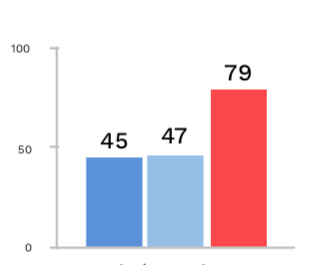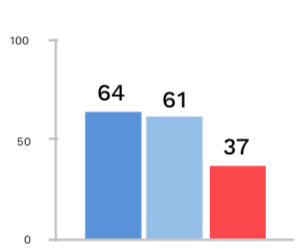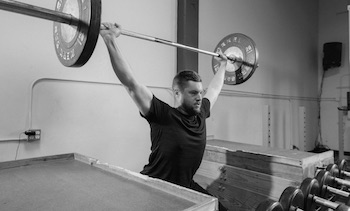
Individualized training is becoming more of the norm as we learn more about both the differences and similarities of our athletes and can practically intervene. When it comes to flexibility however, one-size-fits-all still seems to be the standard approach. Walk into any training facility in the country and you are likely to see countless bands, straps, foam rollers, and other tools often utilized with the intent to improve flexibility. Yet without first understanding who needs this type of training and who doesn’t, emphasizing more flexibility for some can actually end up doing more harm than good.
The term flexibility itself seems to have fallen a bit out of favor for what is considered a “better” term: mobility. But as often happens in the field of sports performance (formerly known as strength and conditioning), just calling something by a different name doesn’t really solve any problems. How are we measuring mobility, and how much mobility does an athlete need? Typically athletes who struggle getting into end ranges of flexion or extension can be categorized as inflexible athletes, but is that always the case? Is flexibility joint specific?

Example 1
Utilizing the Sparta Scan we see many athletes with a movement signature like that on the left. (Example 1) Often times these athletes are self-characterized as extremely flexible or mobile, even hypermobile. Most often they are a bit under-trained and tend to rely on momentum and timing as their most efficient movement solutions. Athletes like this are typically a bit too far on the mobility end of the continuum, and prescribing large amounts of corrective mobility or flexibility exercises can actually be detrimental. Athletes who rely on momentum put much more stress on joints and ligaments during movements as they don’t have the requisite muscular strength to protect and stabilize. They would be better served improving absolute and reactive strength, moving through shorter ranges of motion to create more global stability.

Example 2
We also see athletes with a much different movement signature where we see opposite, they rely on strength and stiffness, and utilize short ranges of motion to create force quickly. (Example 2) These are often strong, explosive individuals who believe they could use a bit more mobility or flexibility work. Athletes with this movement signature typically aren’t great at getting triple flexion or triple extension and fall much further on the stability end of the continuum towards being too stiff. BUT this is not always the case…
The typical low DRIVE athlete creates and transfers force extremely explosively but often lacks the ability to achieve full triple extension to allow for more time to apply that force. They are often blessed with high amounts of absolute and reactive strength whether through genetics or training. However will also see from time to time a young, undertrained, gumby-like athlete with this relationship in their movement signature as well. While the WHAT is the same, the athlete is moving through short ranges of motion and relying on stiffness to create force rapidly, the WHY in this case tends to be different.
Rarely will young, untrained athletes truly have flexibility or mobility issues. This athlete is relying on these shorter ranges of motion for a few reasons:
The athlete’s sport relies on typically shorter quicker movements
Compound the above with increase in early specialization and decrease in physical education and movement literacy
As a defensive mechanism, the body has restricted bigger ranges of motion to protect this athlete
We will focus on number three as it is the easiest to influence. Inherently the athlete may have no structural issues leading to poor mobility or flexibility, because of a lack of strength or stability the athlete gets “locked out” of these positions. The athlete may feel “tight” yet this has less to do with muscles, tendons, or joint structure, and more to do with neuromuscular safety mechanisms.

Luckily the treatment for these athletes initially is the exact same. Based on countless analyses done we have seen and continue to see larger amplitude movements have a positive effect on DRIVE. The split squat and overhead squat are probably the two best examples of this, while very different movements there are a few things they have in common.
Large amplitude or range of motion
High mobility requirement
High stability requirement
Movements like these can help to enforce increasing mobility through deeper ranges of motion as well as increasing stability in these deeper ranges. Immobile athletes will tend to struggle getting into these positions at all, while weaker athletes will struggle to stabilize once in these positions. Typically with younger athletes the treatment plan tends to be a bit shorter as we are able to “unlock” these athletes, then work toward building strength through these full range of motion allow for a safer more efficient mover, without over emphasizing flexibility training. Meanwhile individuals with slower adaptations to these movements will often have true range of motion restrictions leading us to emphasize simple yet frequent soft tissue and mobility type interventions.
Flexibility is just like any other training quality, not enough and too much can both have negative consequences. By utilizing our counter-movement jump assessment to understand how an athlete sequences their movements, we are able to identify athletes who over and underutilize larger ranges of motion. Understanding how to interpret this data, along with the context now gives us a better roadmap to understanding who truly needs to spend more time focusing on flexibility, and who should truly be avoiding extra flexibility work.